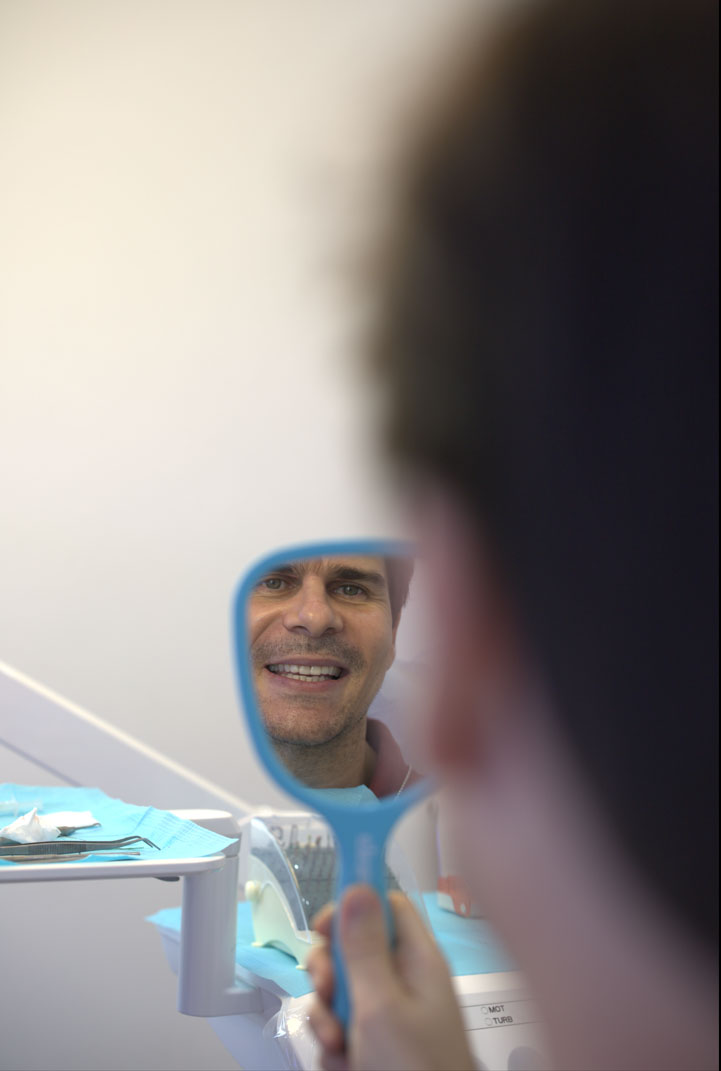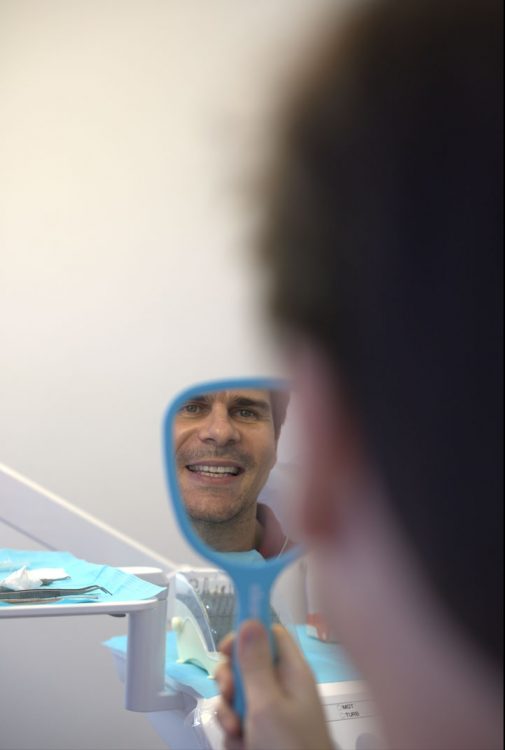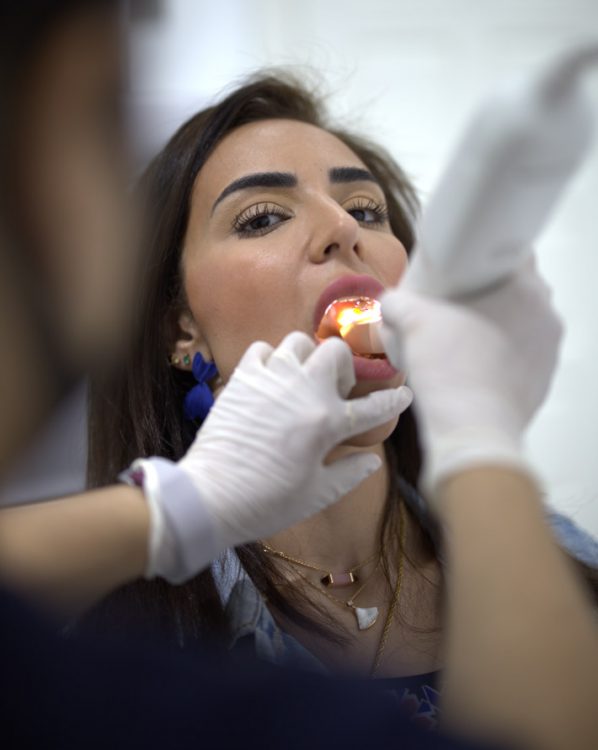Fighting Decay: How To Identify Cavities In Children And Treat Them?

Cavities are one of the most prevalent dental issues among children. It forms when dental plaque eats away at tooth enamel, causing a hole. Plaque is a sticky substance on teeth when bacteria in the mouth interact with food, acid, and saliva to form plaque. A cavity, often known as tooth decay, is a permanently damaged region of a tooth. In the worst-case scenario, decay progresses, and the infection spreads to the inner tooth, dental pulp, nerves, and jawbone. However, if the cavities are priority identified and prevented, you don’t need to worry about your kids’ smiles.
How to identify cavities?
Cavities can have symptoms that are less obvious than jaw pain. Therefore, it’s crucial to be aware of the different signs of tooth decay, so keep an eye on these common symptoms:
Stains, holes, and toothaches
A white spot on your child’s teeth may be the first sign of a stain. If the white spot is ignored, tooth decay might develop, and the white spot will darken. These spots always begin on the tooth’s surface and progress deeper. The pain will radiate from the damaged tooth once the decay has progressed further into the tooth. Then, it will eventually turn into a hole or pit in your tooth. These holes or pits can occur between your teeth or in crevices that you can’t see or feel. It is best to consult a pediatric dentist if your child’s tooth has a stain, pain, hole, or pit.
Hot and cold sensitivity
If your child’s teeth become sensitive after eating or drinking, it might be a sign of a cavity. When the enamel of the tooth deteriorates, sensitivity develops. The dentin is harmed as a result of this. Dentin is porous and softer than enamel. When there isn’t enough enamel to protect the dentin, the nerve inside the tooth is stimulated by hot and cold. This is due to the ability of the enamel to act as a shield. Extreme temperature variations can flow through the dentin to the cells and nerves if the protection is not present. This is what causes sensitivity and agony.
How to treat cavities?
If left untreated, cavities will certainly spread to other teeth. Therefore, you must treat the cavities as soon as possible to not cause more cavities in the mouth. These are the frequent treatments for cavities in children.
Dental Sealants
Dental sealants are one of the most excellent methods to prevent tooth decay and cavity formation in children. It defends the chewing surfaces from cavities by forming a protective barrier that keeps germs and food out.
Fillings
Fillings are applicable to both adult and baby teeth. The dentist will remove the decayed tooth and then replace the hole with a white composite or metal material. A cavity on a baby tooth can be preserved by filling it and avoiding spreading to other teeth.
Crowns
If your child’s tooth is seriously decayed, a crown may be utilized to shield it from additional damage and maintain your entire bite functioning. A pediatric dental crown is a prosthetic tooth made of stainless steel that fits over an existing tooth. For front teeth, there are also white acrylic pre-veneered stainless-steel crowns.
It is better to have extensive dental checkups and oral hygiene guidance to protect your child’s teeth from cavities. If a cavity exists, our dentist will recommend the best treatment after going through a proper examination. Our Pediatric specialists at Invisalign Center work hard to provide a child-friendly atmosphere for their comfort.









